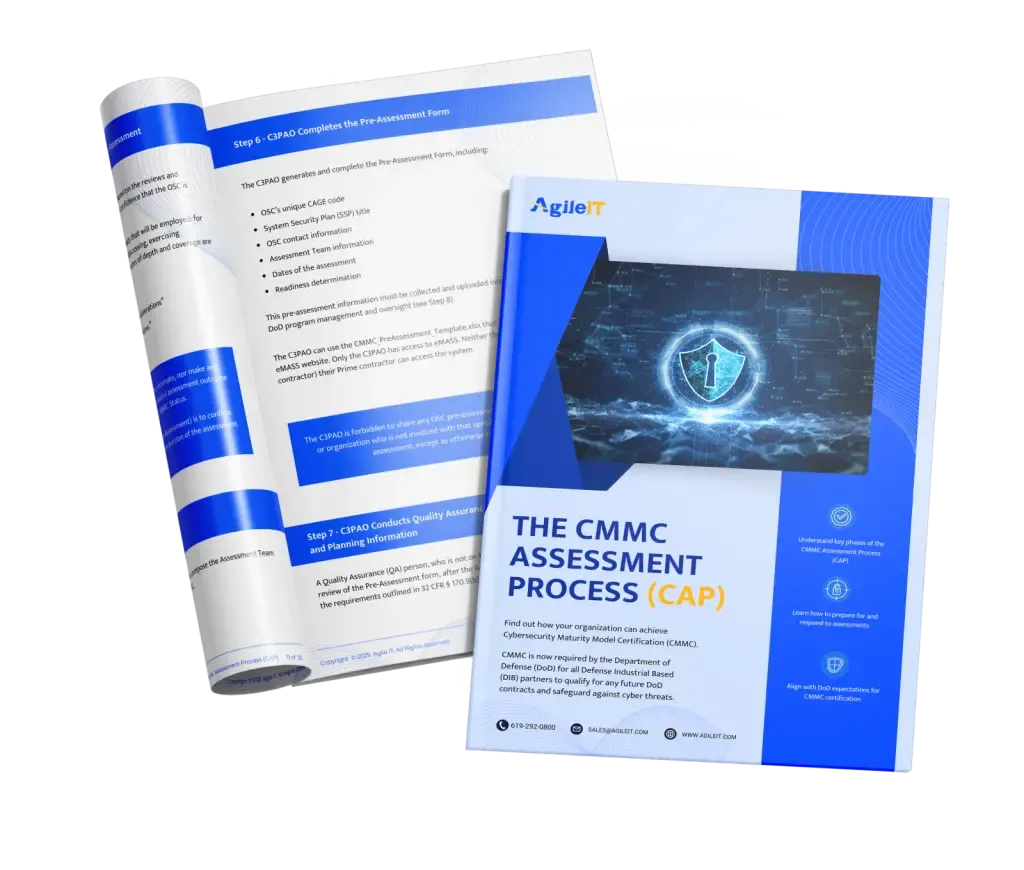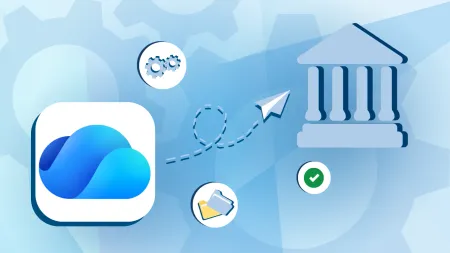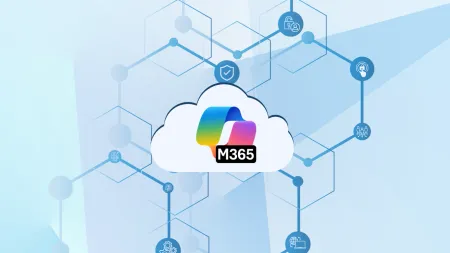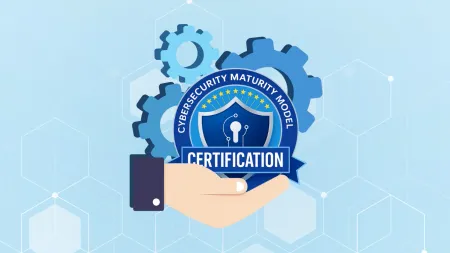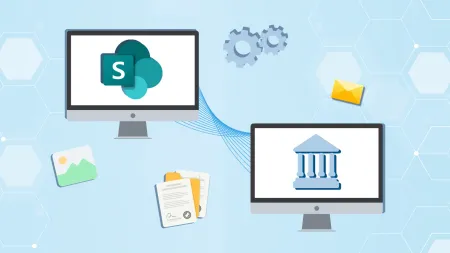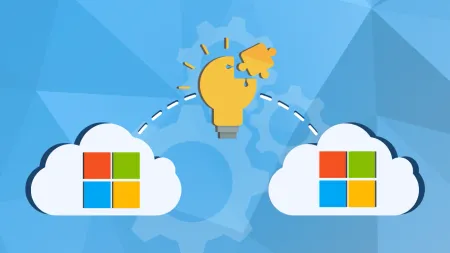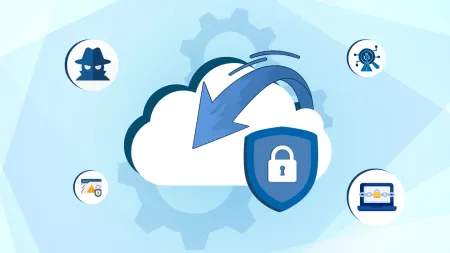How to Prepare for a GCC High Migration
Preparing for a Microsoft 365 GCC High migration? Explore the technical, compliance, and operational steps required for a smooth transition to GCC High.

This is Post #1 of our GCC High Migration Planning & Readiness Series
Continue your migration journey with the next posts in the series:
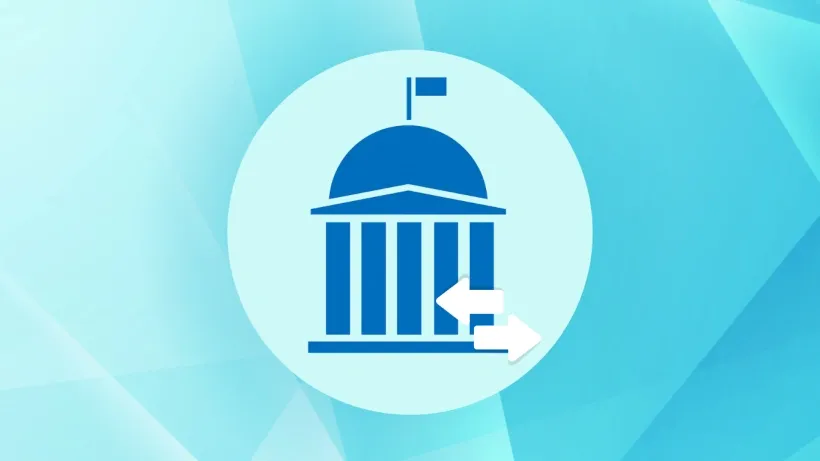
While safeguarding essential data is critical for any organization, this is particularly important for government contractors who store sensitive government data. The fact is that, for these organizations, taking steps to protect their data is essential in order to protect national security. For this reason, government contractors, and in particular, those in the Defense Industrial Base (DIB), are subject to comprehensive cybersecurity regulations such as CMMC, DFARS , ITAR , and FAR CUI to ensure the proper handling and protection of sensitive data such as Controlled Unclassified Information (CUI).
However, to ensure proper data protection and compliance with these regulations, defense contractors need to invest in the right software. If you currently operate in the cloud, this means partnering with a Cloud Solution Provider (CSP) that offers robust security and data residency features to help you meet your compliance obligations. One such option would be Microsoft’s Government Community Cloud (GCC) High environment. Microsoft GCC High offers the comprehensive productivity software you’ve come to expect from Microsoft, as well as extensive security and compliance features specifically designed for government agencies, government contractors, and organizations within the DIB. If you handle CUI, Microsoft GCC High can then be a critical tool to help you meet your compliance obligations.
Of course, migrating from a commercial Microsoft tenant to GCC High can be a daunting task, and you may be unsure where to start. This is understandable considering that migrating to Microsoft 365 GCC High is a time-consuming process that can present several challenges as you try to maintain data security while migrating large amounts of data from one tenant to the next. To help get you started, keep reading as we explore a few tips to help you prepare for a GCC High migration.
Determine Whether You Need GCC High
Before you look at licenses or start the migration process, you should first determine if you even need GCC High, or if Microsoft GCC (not high) would work for your organization. While many people assume that they need GCC High for CMMC compliance, this is not always the case, and operating in a GCC High environment when you don’t need to can be costly. The fact is that Microsoft GCC High is not required to meet CMMC 2.0 at any level; however, Microsoft’s official recommendation is that any organization that is required to meet CMMC Level 2 or Level 3 should deploy Microsoft GCC High. It is important to note that if you hold export-controlled data under ITAR or EAR, GCC high is required.
Understand GCC High Eligibility and Licensing
If you believe Microsoft GCC High is the right choice for your compliance needs, your next step will be to confirm your eligibility and choose the license that works best for your organization. The fact is that not every business can use GCC High. GCC High is reserved for the Defense Industrial Base, DoD contractors, federal agencies, as well as state and local governments. Any entity that wants to purchase a GCC High License must first receive validation from Microsoft. This is a complex process that involves taking several steps to verify your eligibility. You may then find it helpful to work with an authorized Microsoft partner such as Agile IT to help walk you through the verification process.
Once you’ve validated your eligibility for GCC High, you will then need to decide which GCC High plan will work best for your organization. Microsoft offers several GCC High plans, each offering different productivity, security, and compliance features. The plan that will work best for you will depend on user needs, and you’ll likely find that different users within your organization will need different service plans. Your Microsoft partner can prove invaluable in helping you choose the right licenses for your team.
Infrastructure and Pre-Migration Readiness
The next step you should take as you prepare for your GCC High migration is to assess the data and apps that you will be migrating to GCC High. Take the time now to analyze your existing IT infrastructure, including your hardware, software, and data systems, to ensure that they will be compatible with GCC High. The fact is that it is essential to ensure that your current infrastructure can support the migration and will meet the security and compliance requirements of GCC High. Some of the applications you use may require adjustments or replacements to function properly in GCC High. During this phase of migration planning, it would also be a good idea to identify where sensitive data like FCI and CUI exists in your systems, as you’ll need to take proper steps to secure this data throughout your migration to maintain compliance.
Compliance and Security Requirements
As you prepare for your GCC High migration, it is essential that you keep your compliance requirements in mind, as you will need to take steps to maintain compliance throughout the migration process, not just when setting up your new cloud environment. Before you start your migration, you should take some time to review your compliance policies and documentation to make sure that you have robust cybersecurity measures in place to protect any FCI or CUI during the migration. Throughout the migration process, your focus should be on protecting your data by utilizing a phased migration approach, performing regular monitoring of your cloud environment and network activity during the migration, and implementing necessary security controls at each step of the process to protect your sensitive data. Utilizing strong security controls during the migration, such as data encryption, access controls, multi-factor authentication, and intrusion detection, can go a long way in protecting CUI and maintaining your compliance posture. To simplify this process, you should consider partnering with a managed service provider (MSP) with experience handling GCC High migrations. Having the right IT professionals by your side can be crucial in helping you maintain compliance and data security during your migration.
GCC High Migration Planning
Next, you should take time to create a detailed plan for your GCC High migration. This is arguably the most important part of the GCC High migration process, as taking the time to develop a comprehensive plan can help ensure that the migration goes smoothly while ensuring your CUI stays secure throughout the entire process. This process entails creating a step-by-step plan for how the migration will take place, a timeline for the migration, and it should outline any specialized tools you may use to help facilitate the migration while maintaining data integrity. What this plan will actually look like, or the steps it will entail, is different for every organization. This makes having an experienced MSP by your side essential, as the right migration partner will have the knowledge and experience to help you develop a detailed migration plan outlining each phase of the process for you, including the roles and responsibilities of all parties involved.
Choose a Partner for GCC High Onboarding
Perhaps the most important thing that you can do to ensure a safe and efficient migration to Microsoft GCC High is to seek the help of an experienced GCC High migration partner. An experienced, Microsoft-approved AOS-G partner will not only be authorized to sell you a GCC High license, ideally, they will also be able to help you navigate the eligibility validation process, and they will be able to help you protect your CUI throughout your migration.
If you’re looking for an MSP you can trust to help you navigate a GCC High migration, consider contacting Agile IT today. Not only is our team an AOS-G approved GCC High reseller, but our onboarding experts can help remove a significant burden from your shoulders by guiding you through the migration process and providing security and compliance support post-migration with our AgileDefend service.
